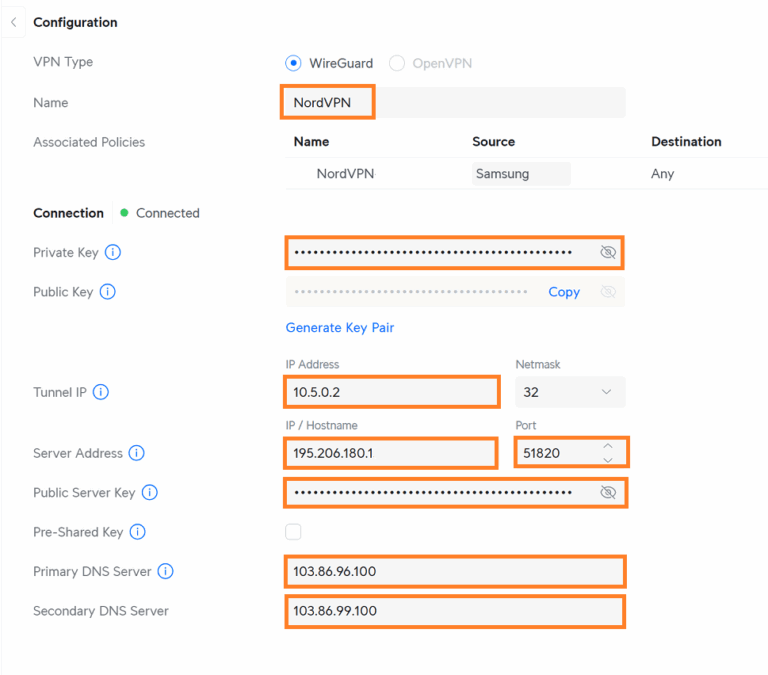Should You Permanently Disable Automatic Updates in Windows 11?
Disabling automatic updates on Windows 11 might sound appealing if you’re trying to avoid unwanted restarts or changes, but it’s generally not recommended. These updates help protect your computer from security threats and often include important fixes and improvements. Microsoft designed Windows to update automatically for good reasons. A common reason for disabling updates on a PC is for digital signboards which would need manual updates instead.
That said, if you’re sure you want to take more control over updates, there are a few ways to do it. Just keep in mind that none of these methods are guaranteed to be permanent—major system updates from Microsoft can sometimes override your settings. Always back up your system before making major changes, especially when editing the Registry or Group Policy.
NEW! Try our new ‘Disable Windows Updates Software’ Beta:
We have developed code to assist in automatically disabling windows updates via a command line batch file.
Download the file, right click and run as administrator (most importantly) or via cmd prompt with admin rights.
Once you have run the code and made the changes, you will need to reboot for the changes to take effect.
This is a batch file with all code visible for review.
Link: Disable Windows Update Automatically Software (Beta)
1. Using Group Policy Editor
(Available in Windows 11 Pro, Enterprise, and Education editions)
This is one of the more effective and semi-permanent ways to control updates.
Steps:
- Press Win + R, type
gpedit.msc, and press Enter. - Go to:
Computer Configuration > Administrative Templates > Windows Components > Windows Update > Manage end user experience - Double-click Configure Automatic Updates.
- Select Disabled, then click Apply and OK.
- Restart your PC to apply the changes.
With this setting disabled, Windows will no longer install updates automatically—you’ll have to check for them manually under Settings > Windows Update.
Alternatively, you can enable the setting and choose Option 2: Notify for download and auto install, which lets you control when updates happen without turning them off completely.
2. Using the Registry Editor
(Works on all editions, including Windows 11 Home)
This method is a bit technical, so proceed carefully. Back up your registry first.
Steps:
- Press Win + R, type
regedit, and hit Enter (you might need admin approval). - Navigate to:
HKEY_LOCAL_MACHINE\SOFTWARE\Policies\Microsoft\Windows - Right-click the Windows folder, select New > Key, and name it
WindowsUpdate. - Right-click the new
WindowsUpdatekey, select New > Key, and name itAU. - In the
AUkey, right-click and choose New > DWORD (32-bit) Value, name itNoAutoUpdate. - Double-click
NoAutoUpdateand change its value from0to1.
Restart your PC for changes to take effect.
To undo this, just change the value back to 0 or delete the NoAutoUpdate entry.
If you’d rather be notified before updates install, create another DWORD in the same location named AUOptions and set its value to 2.
3. Disabling the Windows Update Service
This method stops the update service from running—but Windows may try to restart it later.
Steps:
- Press Win + R, type
services.msc, and press Enter. - Find Windows Update in the list.
- Right-click it and select Stop.
- Double-click it, set Startup type to Disabled, then click Apply and OK.
You can also disable the Windows Update Medic Service (WaaSMedicSVC), which is designed to restore the update service.
4. Setting a Metered Connection
(Less reliable, but simple)
By setting your internet connection as “metered,” Windows may delay non-essential updates.
Steps:
- Open Settings with Win + I.
- Go to Network & Internet, then click your current connection (Wi-Fi or Ethernet).
- Click Properties and toggle Metered connection to On.
Note: This won’t stop all updates—critical ones may still download.
⚠️ Things to Keep in Mind
- Security Risks: Skipping updates can leave your PC vulnerable to threats like malware and ransomware.
- Stability Issues: Updates often fix bugs and performance issues.
- Missing New Features: You’ll miss out on improvements Microsoft adds to Windows 11.
- Driver Updates: These updates can help your hardware work better with the system.
- Settings Might Reset: Microsoft may re-enable updates after major system upgrades.
- No Official “Off” Button: There’s no built-in option to permanently disable updates in Windows 11.
✅ Recommended Alternatives
Instead of turning off updates completely, consider these safer options:
- Pause Updates: Go to Settings > Windows Update and pause updates for up to 5 weeks.
- Set Active Hours: Prevent your computer from restarting during times you usually use it.
- Enable Update Notifications: Use Group Policy or Registry tweaks to get notified before updates download or install.
Final Tip:
If you do decide to disable updates, make sure you’re using strong third-party antivirus software and manually check for critical security updates from time to time.







